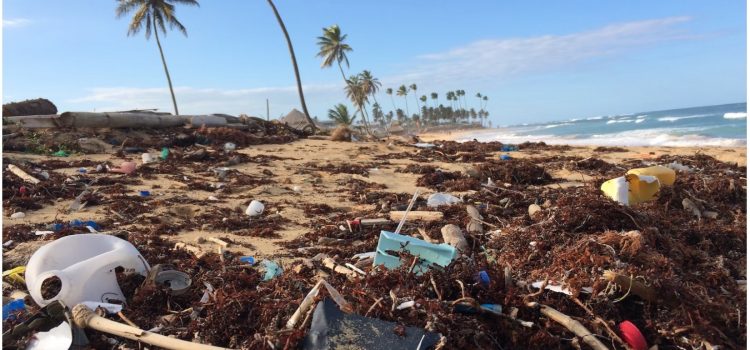
This is a free excerpt from one of Shortform’s Articles. We give you all the important information you need to know about current events and more.
Don't miss out on the whole story. Sign up for a free trial here .
What are the best ways to adapt to climate change? Why do experts say we need to begin adapting now?
Climate change-driven heat waves, flooding, and droughts are plaguing the globe. What’s worse, the extreme weather events are exceeding climate scientists’ projections—which suggests we’re unprepared for what’s to come.
Keep reading to learn the four ways experts recommend we adapt to climate change now.
Why Adapt to Climate Change?
Looking for ways to adapt to climate change is crucial right now, according to experts. The planet has warmed more than 1.8° Fahrenheit since before the Industrial Revolution, and the Paris Climate Agreement aims to keep that from doubling. However, we’re falling far short on many fronts, which means the planet could soon be nearly 5.5° Fahrenheit hotter than pre-industrial times.
That would wipe out harvests, virtually eliminate coral reefs and the Amazon rainforest, and cause sea levels to rise by multiple feet, rather than inches. Based on what the climate models got right and wrong, it’s too late to reverse what we’re seeing—it’s our new normal. All we can do is learn to live with it and try to prevent things from getting worse.
We’ll explore some ways to adapt to climate change, based on expert advice.
Ways to Adapt, According to Experts
At this point, experts say it’s too late to prevent extreme weather conditions from continuing and worsening—instead, we must learn ways to adapt to climate change. This will take many forms, including:
- Updated building codes to withstand severe weather and heat.
- Early warning systems that alert people about extreme weather events and close schools and other facilities, as necessary.
- Better public infrastructure, including more shaded areas and cooling centers.
- More investment in green innovations, such as renewable energy, decarbonizing methods, and solar geoengineering, which would make clouds and particles in the air more reflective to bounce sunlight away from earth instead of absorbing its heat.
If there is a silver lining in this bleak outlook, it’s that these ways of adapting to climate change are an easier pitch than cutting emissions. While the benefits of cutting emissions are vague and long-term, adaptations have more direct and immediate payoffs. The financial burden won’t fall entirely on governments, as incentives are growing for private industry to invest in adaptations.

Want to fast-track your learning? With Shortform, you’ll gain insights you won't find anywhere else .
Here's what you’ll get when you sign up for Shortform :
- Complicated ideas explained in simple and concise ways
- Smart analysis that connects what you’re reading to other key concepts
- Writing with zero fluff because we know how important your time is






